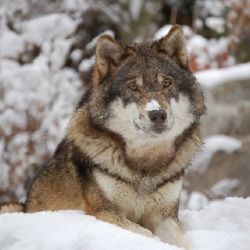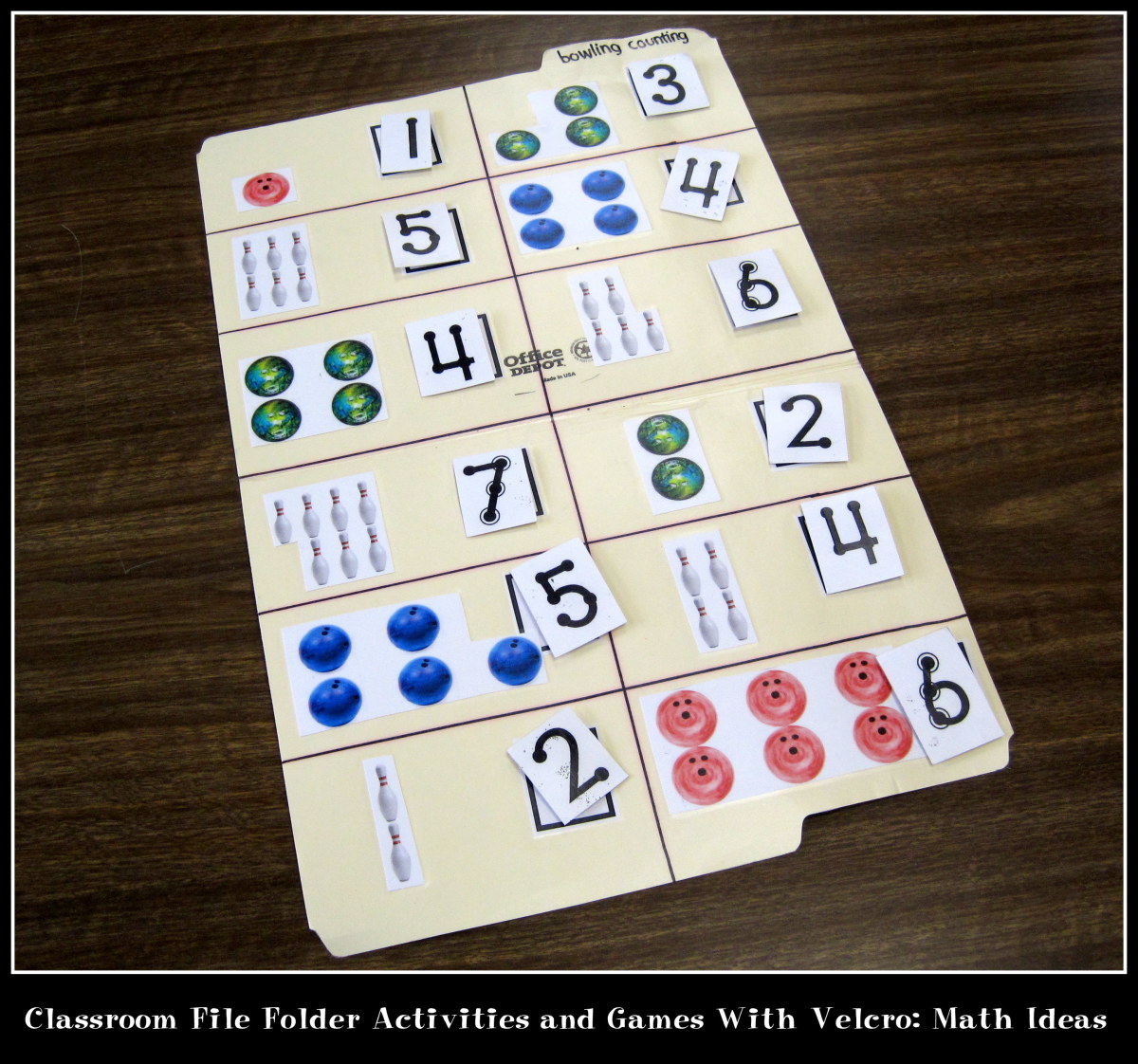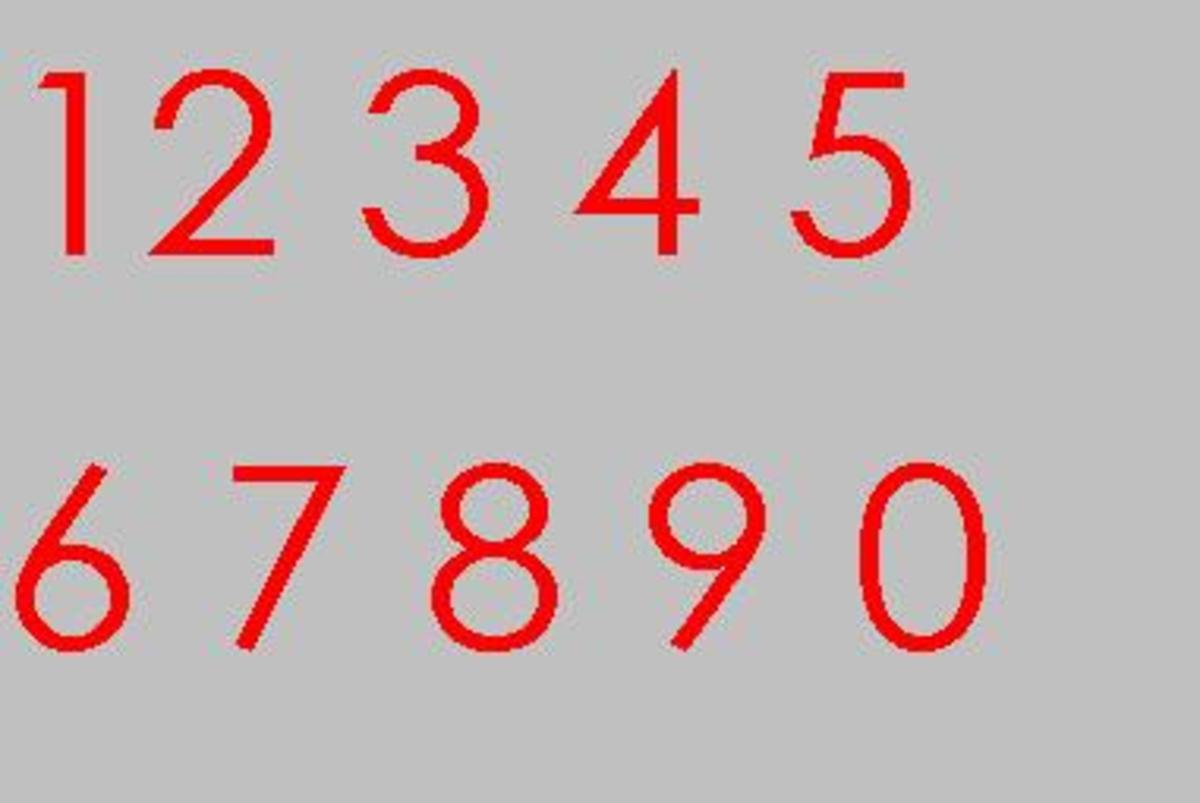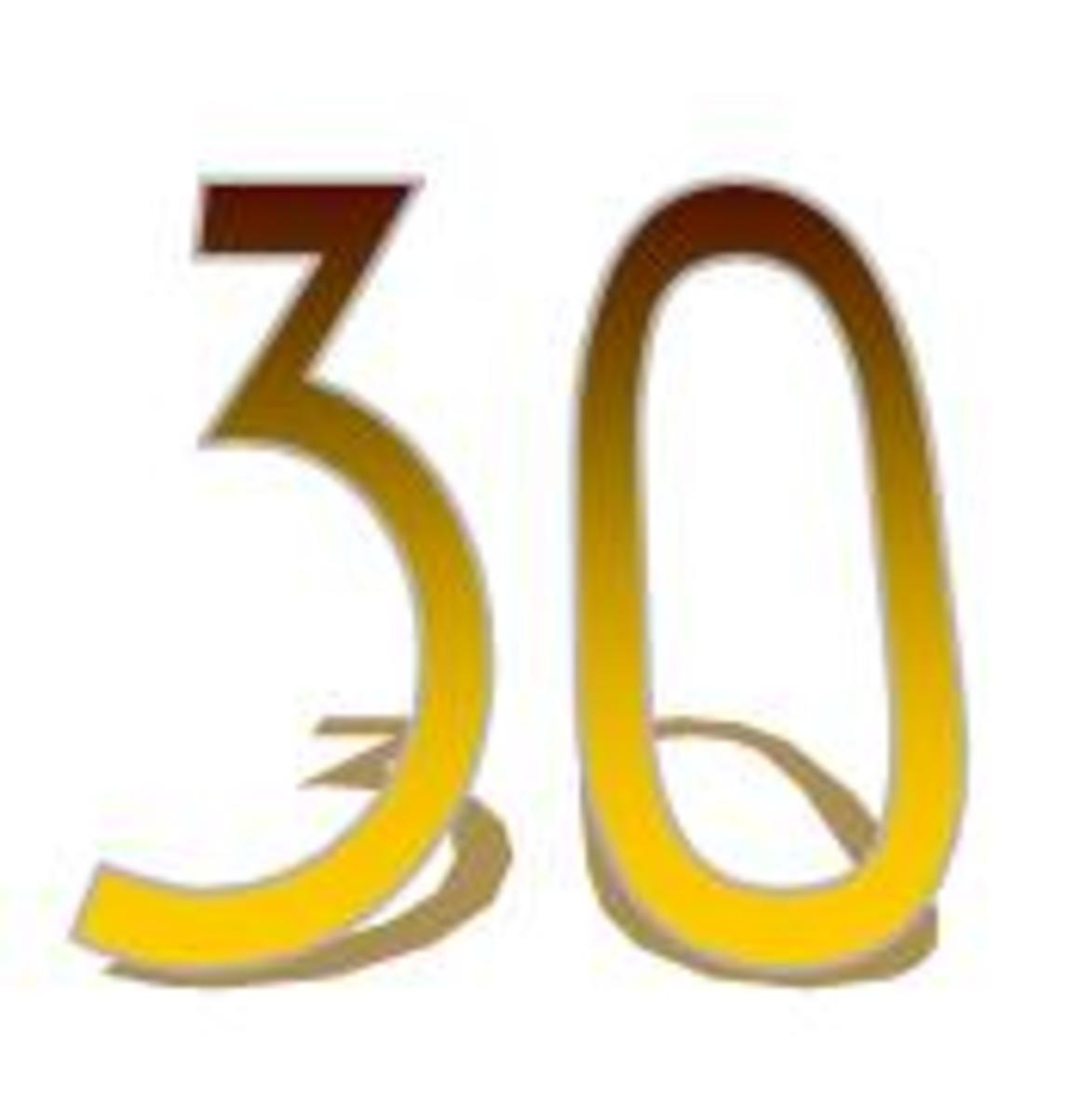Wolf Themed Math

Wolf Math
The number of wolves in the world decreased to the point of near extinction but those numbers recently have been increasing. People's interest in wolves has increased as well. Today we will be discussing how we can teach math as part of a wolf unit study. We will be learning to count wolves, look for patterns in numbers of wolves, add and subtract wolves.
There are classic logic puzzles involving wolves. We will be graphing wolf populations, measuring in wolf units and playing games with a wolf theme. How many ways can you think of to teach math with a wolf theme? The wolves are excited to learn math so let's all howl for the wolves as we explore number concepts...
Photo Credit: Wolf by Caninest
on Flickr, Creative Commons
Counting Wolves - Learning Addition with Wolves
Begin the day by reading One Wolf Howls, a counting book that starts with one wolf and progresses page by page through the months of the year adding one more wolf each month. Talk about the illustrations and notice the change in seasons, the increase in the number of wolves and any other details that the children notice.
Available on Allposters
The second time you read though the story, place a wolf pup on the chalk rail for each new wolf added in the book. Write the addition problem that would accompany that page. For example on the second page 1 + 1 = 2. Two wolves. Note: If you begin now teaching how to write the answer in words it will come naturally to the children.
Each time you teach about wolves don't forget to teach math as well. When you look for it, math is everywhere.
Show the children how to use a math mat and recording sheet to show how many wolves each month. Provide a recording sheet with the months of the year on the left and a space for writing number problems on the right. Children use a rubber stamp to show how many wolves each month and then record the number sentence.

Save the Wolf Poster by One_Planet
Available on Zazzle
How many wolves live in various countries across the world? What do those numbers mean? Today we will teach math using data of wolf populations from around the world.
Playing the Population Fluctuation Game will help children learn about the natural fluctuation of a pack of wolves over the course of a year with new pups being born, elderly wolves dieing, some wolves leaving to join other wolf packs while admitting new wolves outside their group.
Then let's begin to look at world populations of wolves as we count into the hundreds and explore what those numbers mean.
- Population Fluctuation Activity Game
A pack of wolves (K-4) stands in a circle with optional dress-up of fake-fur tails and fuzzy ears. Half the kids are sitting to show population balance. Kids ...1 - List of Grey Wolf populations by country
Greenland has a population of 50-100 wolves ... Portugal has a stable wolf population of 200-300 ... Spain's wolf population is estimated at 2000 and growing ...
How Much does a wolf weigh?
If you read that a female wolf weighs 75 pounds and a male wolf weighs as much as 175 pounds, what do those numbers mean? Unless you have something to compare it to, these numbers are meaningless.
1. Research the facts. How much do wolves weigh? Why is there a range in the different answers. Record all of the answers you can find. Find the range, mean and medium weight of wolves.
2. Get out some bathroom scales and weigh each of the people in your group. Does anyone weigh the same as a wolf? Younger children might have to combine weights to come up to the same weight as a wolf.

Another math skill I teach is how to tell time. During our Wolf Unit Study it is fun to use a wolf clock for showing how the hands of the clock move from second to second, minute to minute and hour by hour. Clocks made for children often don't have the gears for making the hands work like a regular clock which will confuse the children into thinking that for example the hour hand always points to a number until it moves to the next, whereas the hour hand actually moves steadily on to the next number and will be half way between two numbers at the half hour. The wolf clock above will demonstrate this concept.
Learning to tell time can be fun while studying wolves. Practice answering the question, What time is it , Mr. Wolf



Base Ten Counting with Wolves - Counting Hundreds of Wolves
Add and subtract large numbers of wolves by rolling dice and adding, subtracting, borrowing and regrouping wolves. Each small wolf pup represents one wolf while the other wolves represent 10, 100, and 1000 wolves respectively.
Start by placing the small wolves out one by one and counting. When you get to 10, exchange them for a larger wolf pup. Show the children how to roll the dice to determine how many more wolves to take. Once they understand how to play, let the children take turns adding wolves until they have reached the number of wolves in a chosen country. (See link above)

Wolf Math on Wizzley
Come write about wolf math on Wizzley, a fun and easy place to express your opinion:









